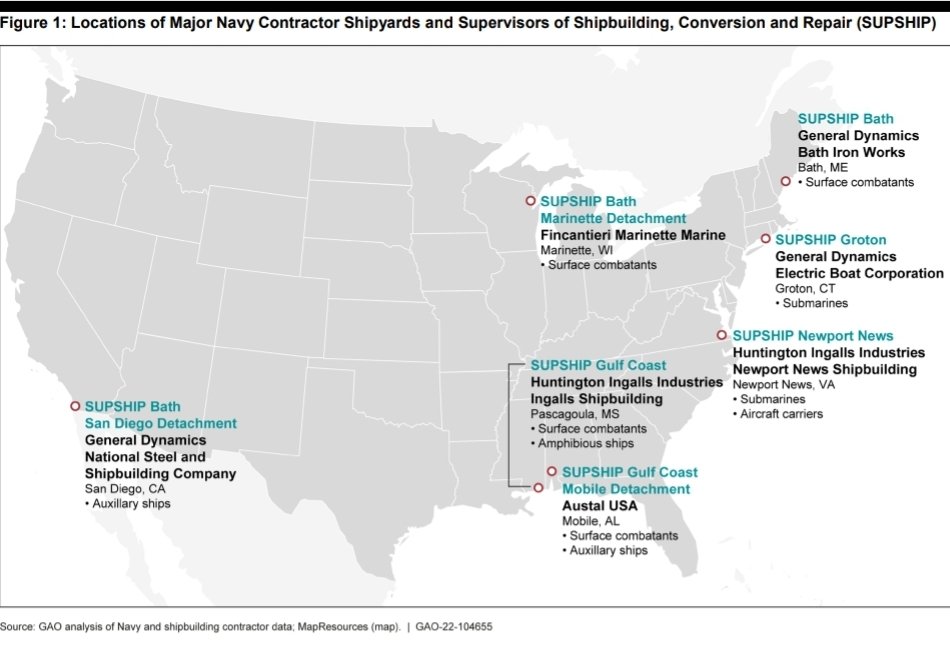1/Improving and Tracking Supply Chains Link by Link
To rectify the #supplychain
situation, it appears that @POTUS
approach is to start a blog (I am sure a podcast is soon to follow) that links to three metrics.
whitehouse.gov/briefing-room/…
To rectify the #supplychain
situation, it appears that @POTUS
approach is to start a blog (I am sure a podcast is soon to follow) that links to three metrics.
whitehouse.gov/briefing-room/…
2/Rising Tides
The first aims to discuss the changing nature of American spending - service vs goods - and compares it to the Recession of 2008. If they compare to the Great Depression of 1929, it would look even better.
The first aims to discuss the changing nature of American spending - service vs goods - and compares it to the Recession of 2008. If they compare to the Great Depression of 1929, it would look even better.

3/Ships at Anchor
This is the metric that they want to fix because it is one that is visual. But it also at the wrong end of the supply chain to fix. The issue is on the inland distribution side, as demonstrated by the pile up of boxes in the terminals and afloat = throughput.

This is the metric that they want to fix because it is one that is visual. But it also at the wrong end of the supply chain to fix. The issue is on the inland distribution side, as demonstrated by the pile up of boxes in the terminals and afloat = throughput.


4/Retail Inventories
Next they went to retail inventories on the IRI Index, which, "shows that retail stores’ rates of keeping goods in-stock is 89 percent, near the pre-COVID level of 91 percent."
Okay, good metric, but what about demand (up to 107) & inflation (also at 107).


Next they went to retail inventories on the IRI Index, which, "shows that retail stores’ rates of keeping goods in-stock is 89 percent, near the pre-COVID level of 91 percent."
Okay, good metric, but what about demand (up to 107) & inflation (also at 107).



5/Lifting more Boats (really?)
This highlights "the President issued a call to action to encourage every link in the goods movement chain to move towards a 24/7 pace to increase the volume and pace of products flowing through the system."
Yet the @PortofLA gate schedule:
This highlights "the President issued a call to action to encourage every link in the goods movement chain to move towards a 24/7 pace to increase the volume and pace of products flowing through the system."
Yet the @PortofLA gate schedule:

6/The blog goes to mention all the efforts being taken to address the issue. "The result of these combined efforts will be more space available to store containers and faster paths for containers to exit and enter the ports."
7/These "pull" strategies include, "supporting the ports’ decision to fine containers that stay on the docks too long. The system of loading boxes off ships, onto docks, onto trains or trucks, and out of the port’s gates relies on collaboration between private companies." 

8/Just to be clear, @POTUS and his administration is supporting the imposition of Hyper-Demurrage fees on boxes offloaded by ocean carriers and that cannot be moved off the terminal. At the same time that the @FMC_gov is investigating excessive demurrage charges.
9/Moving Forward?
"We will report cumulative imports through Los Angeles and Long Beach, retail inventories, and the number of ships at anchor at the two ports on a twice-a-month basis through at least the end of the year."
Wow...twice a month? Good to see this is priority.
"We will report cumulative imports through Los Angeles and Long Beach, retail inventories, and the number of ships at anchor at the two ports on a twice-a-month basis through at least the end of the year."
Wow...twice a month? Good to see this is priority.

10/All of this is window dressing to the larger actions that need to be done to remove the kinks throughout the supply chain.
There is no disincentive for the ocean carriers to reform when they are making record profits & passing the Hyper-Demurrage fee onto shippers/consumers.
There is no disincentive for the ocean carriers to reform when they are making record profits & passing the Hyper-Demurrage fee onto shippers/consumers.
11/There are a lot of professionals in the industry - road, rail, air & sea - that should be tapped into for ideas to alleviate this issue and plan to prevent it in the future.
This is national economy and national security and demands more than a blog updated twice a month.
This is national economy and national security and demands more than a blog updated twice a month.
• • •
Missing some Tweet in this thread? You can try to
force a refresh






















